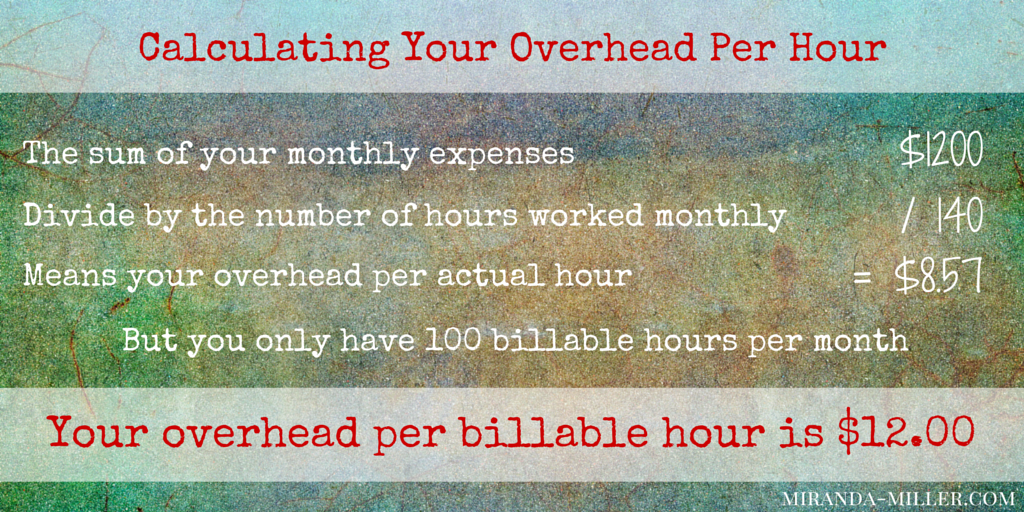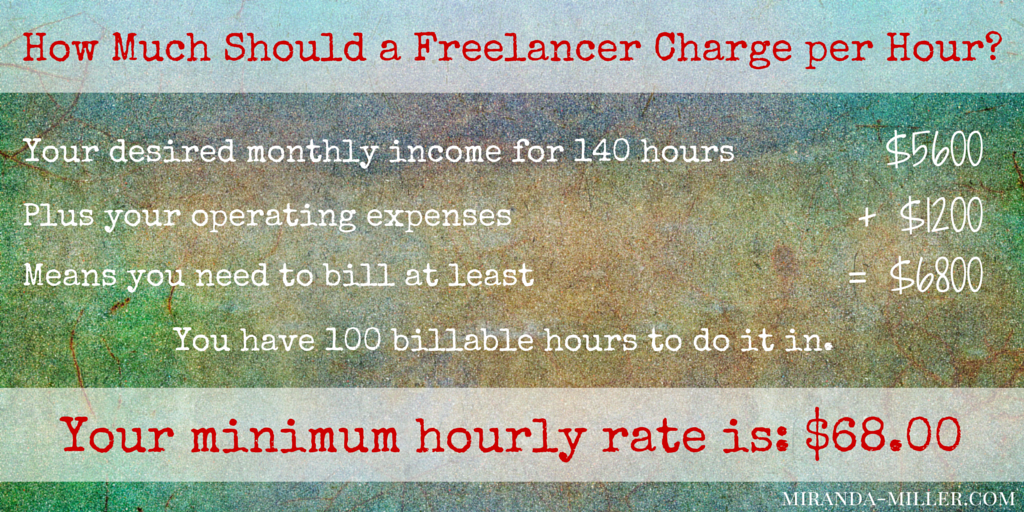Levelling Up as a Freelancer (or How to Spot a Turkey)
How to quickly evaluate every freelance opportunity
by Miranda Miller
Do you know when to turn down a contract?
Wait. Turn down? What?!
If the very thought of turning down work seems outrageous and counterproductive, you need to read on.
Vancouver pop punk band Daggermouth (circa 2004) brought a fantastic old expression to life in song with You Can’t Soar Like an Eagle When You Hang Out with Turkeys. I want you to remember that as you question the wisdom of turning down work.
Levelling up as a freelancer means learning to say no to turkeys, so you can direct your energy elsewhere.
In my last column, we looked at opportunity cost as it applies to freelance writing — what is the cost of saying yes to every gig? In a nutshell, it’s entirely possible to be so busy being busy with less than ideal freelance work that you’re not open and available for the types of contracts you’ll find more rewarding, both professionally and financially.
So how can we recognize a turkey?
Give Yourself a Common Yardstick Against Which to Measure Freelance Opportunities
It’s not hard to talk yourself into accepting a contract that may not be ideal for you when work has been hard to come by and your bank account is feeling the pinch.
Calculating your minimum acceptable hourly rate provides the baseline needed to evaluate each project or gig, whether it’s being offered on an hourly, per-word, per-page, flat rate or other basis. Breaking offers down to a standard unit of measurement — your hourly rate — allows you to compare apples and oranges, so to speak; to measure all opportunities against a common yardstick. It takes the guesswork and emotion and feelings of obligation and everything else out of the equation, enabling you to simply, accurately and fairly quickly answer one very important question:
“Is this project worth my time?”
In a conversation with another writer recently, I learned the hourly rate she charges is actually the rate she wants to make per hour. This is a critical error in freelancing, because the hours you bill to clients aren’t the only hours you work to run your business.
Sure, you’re working 40 hours a week, but much of that may be spent on unbillable tasks like bookkeeping, negotiating contracts, marketing your business, etc. Add to that the hardware, software, and other overhead it takes to operate your business, and you can see how difficult it is to survive, let alone grow, if you’re only charging what you actually want to earn per hour.
Your hourly rate needs to incorporate:
- The amount you will pay in income tax.
- Overhead expenses like office rent or the utilities for the portion of your home used for business, telephone, hydro, heat, property taxes, etc.
- Equipment and software expenses like computers, printers, backup software (please tell me you’re backing up your work), writing and productivity software, marketing software, workspace furnishings, etc.
- Professional development via books, courses (in person or online), conferences, industry associations, etc.
- Legal, insurance, accounting and other professional services.
Calculating Your Overhead Per Hour (This Won’t Hurt, I Promise)
To determine your hourly rate, you need a common unit of measurement — I like to use one month. Add up what all of your expenses cost you in the average month, then divide the total by the number of hours you work per month. For example, if the sum of these operational costs is $1200 per month and you typically work 140 hours per month (35hrs p/week X 4), you can calculate how much your overhead is per hour:
But remember, you need to add this to your billable hours only. If you’re billing 25 hours per week, or 100 hours per month (or the equivalent thereof), you actually need to add that amount to your billable rate just to cover your expenses:
1200/100 = $12.00
That $12 to $20 an hour writing job to “get you by” suddenly doesn’t make much sense at all; you would make more money flipping burgers.
Sure, you could cut your overhead expenses… maybe cancel your social media marketing software subscription, or spend less on professional development. But all you’re doing then is ensuring you’ll have to spend more time with turkeys in the future.
Applying Your Hourly Rate to All Projects
So what do you actually need to charge? Say you want to actually make $40 an hour. Using the examples above, if you’re working 140 hours per month and billing for 100:
If you’re only charging the $40 an hour you actually want to make, you’re bringing in $4000 in those 100 hours and losing $1200 off the top. At that rate, you’re actually making $20 an hour for those 35 hours a week you put in.
Armed with your ideal hourly rate, you can evaluate every potential gig quickly and unemotionally, with no regard for extenuating factors (but they asked nicely, but it’s for an existing client, but I’m really not that busy and could help them out, etc.) that can interfere with good business decision making.
If the contract is offering payment by the word, the page or some other unit, simply estimate the time required to do the task and apply your hourly rate.
If it doesn’t work out to $68.00 per hour or more*, it’s a turkey.
(Sidenote: I am in no way saying your pride should stand in the way of keeping food on the table. We’ve probably all taken terrible contracts just to keep going and there’s no shame in that. This post is about levelling up, moving beyond the need to survive and growing your business.)
Take the time to work through this process at least once a year, or whenever your situation substantially changes. Now go – leave those turkeys behind and soar like an eagle! Level up and focus your energies on the contracts and opportunities that offer the greatest opportunity to continue building your business.
*$68.00/hour used for illustrative purposes only. Run through the exercise and determine your own minimum hourly rate.






